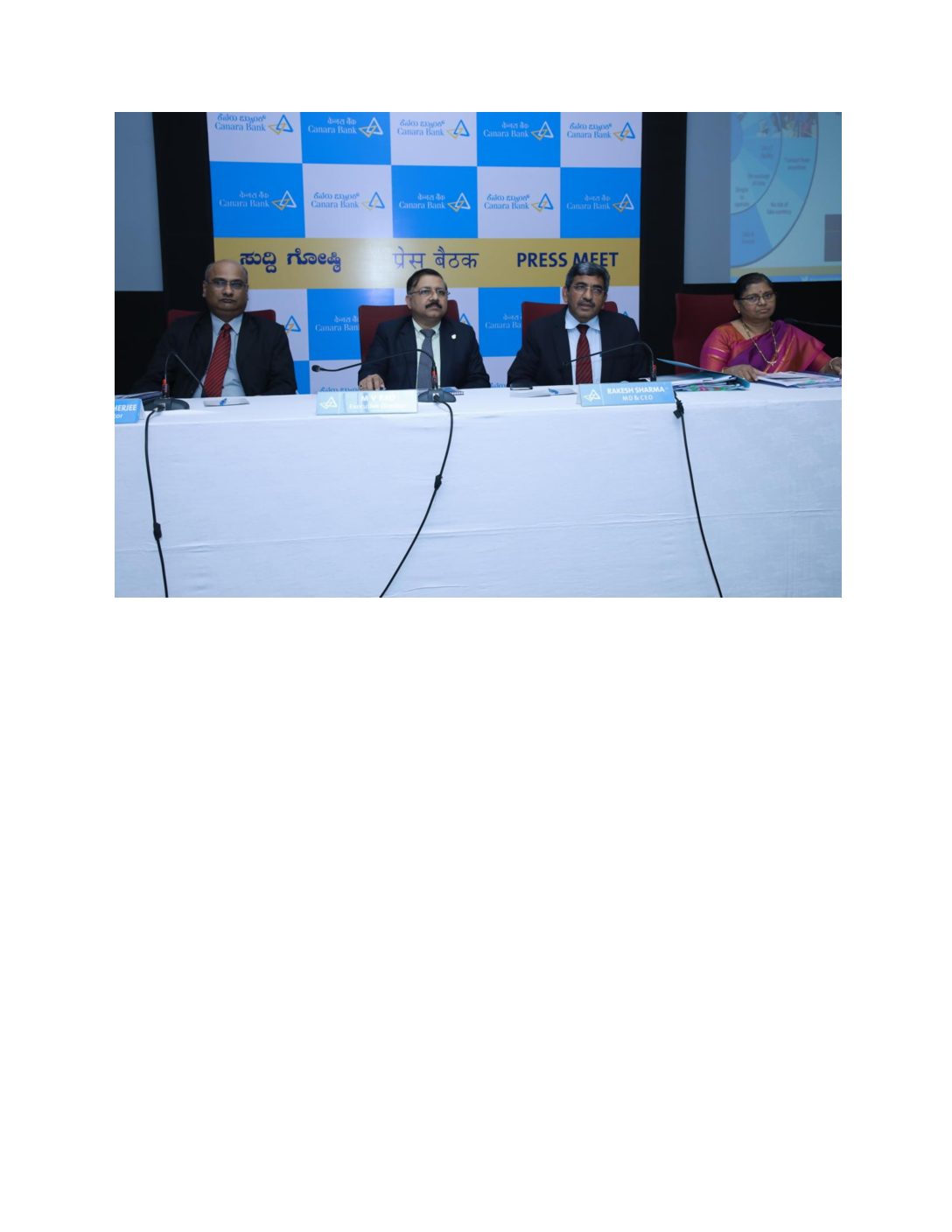
Canara Bank’s gross profit for Q1FY2019 grew by a healthy 18.65% y.o.y to Rs. 2933 cr backed by a robust net interest income (NII) growth at 43.13% y.o.y. Consequently, its net profit grew by 11.51% y.o.y to Rs. 281 cr.
The impressive performance in NII growth is primarily due to the 15.12% yoy growth in domestic credit backed by a whopping 36.22% growth in retail credit which in turn has contributed to the 14.87% yoy increase in interest income from advances.
While the total business of the bank registered a healthy 10.96% growth to reach Rs. 9.2 lakh cr, its domestic business grew by a higher 13.06% yoy to reach Rs. 8.63 lakh cr. The global deposits of the bank improved by 9.75% while its domestic deposits improved by a higher 11.62%. The CASA deposits posted a 9.1% yoy growth with the Savings bank deposits registering, a higher 11.75% yoy growth. The CASA ratio stood at 32.43%. The CD ratio of the bank improved by 188bps to 72.43% from the 70.55% level a year ago.
On the asset quality side, signs of recovery are visible with recovery and upgradations, backed by a strong 56% qoq improvement in cash recovery (Rs. 3537 cr) resulting in both gross and net NPAs improving sequentially to 11.05% and 6.91% respectively. The stressed assets ratio is sequentially down to 12.1% from 12.7% highlighting the consistent efforts of the bank in improving the asset quality. Further the provision coverage ratio has improved to 60.69% from
54.52%.
The comfortable CRAR of 13%, up from 12.61% a year ago, augur well for the higher growth trajectory, which the bank has entered into, aimed at improving its market share in business.
The capital optimization measures taken by the bank has led to decrease in risk-weight density to 88.6% as at June 2018 from 96.6% as at June 2017.
The bank is adequately capitalized with CRAR at 13.00% from 12.61% as on June 2017 for being supportive for further
credit growth. CET1 is at 9.35% and Tier 1 capital at 10.12% is in comfortable range.
On a road to sustained growth, the bank is keen on strengthening the balance sheet through augmenting retail business, digitalization and transformation. The robust business growth, both globally (10.96%) and domestically (13.06%), stands as a testimony with improved CD ratio 72.43 (global) and 72.37 (domestic).
The improvement in the share of retail loans in the total credit has de-risked the balance sheet. Further, the bank has calibrated its growth in corporate sector by limiting its exposure to sectors under stress and incrementally growing only in those corporate, which are highly rated.



